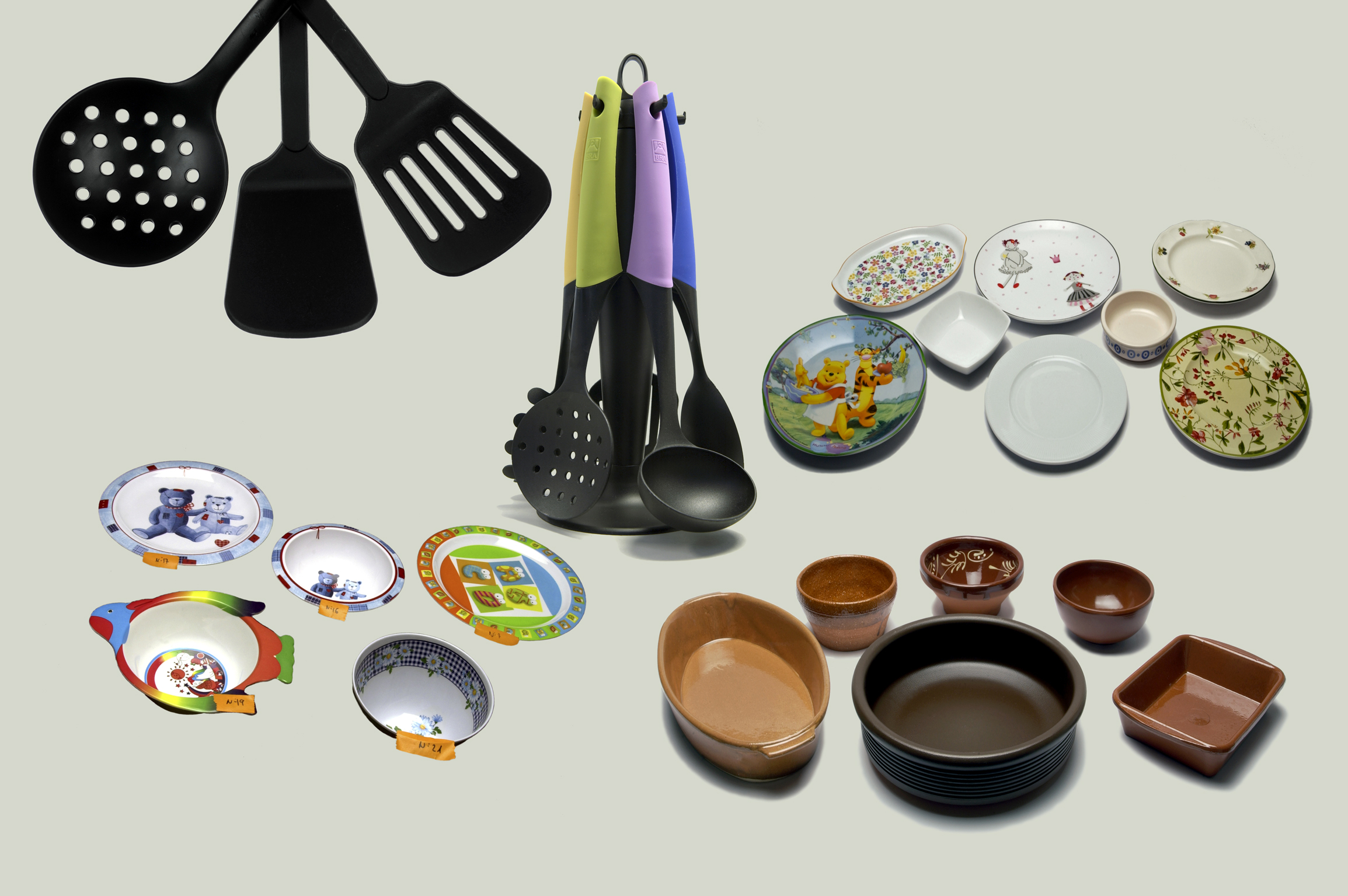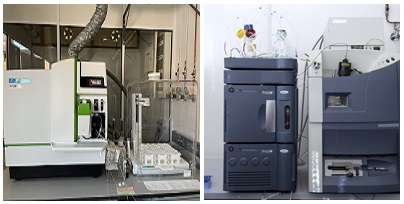Food contact materials
The CNA as the Reference National Laboratory is a member of the European laboratories network for materials in contact with foods (EURL-NRL FCM Network), participating actively both in plenary meetings and in specific work groups for the preparation of technical documents supporting the applicable European regulations, as well as in other activities generated on the network.
Participation in international forums also includes expert groups of the European Standardisation Committee (CEN) on methods for testing migrations of the materials in contact with food and their adaptation to European regulations in force, and others of the Council of Europe and the EFSA.
The scope of the accreditation includes methods for testing global fat and aqueous migration, and specific migration of:

- Bisphenol A, Bisphenol F, Bisphenol A diglycidyl ether, Bisphenol F diglycidyl ether and derivatives
- Epoxidised soybean oil (ESBO) in foodstuffs and gaskets
- Primary aromatic amines
- Melamine in stimulants and foods
- Formaldehyde
- Plasticisers in foods, food simulants and plastic materials
- Specific migration of plastic materials in simulant E (MPPO) and determination of substances migrated by chromatography.
- Lead and cadmium in tests of transfer of ceramics and lead, cadmium and mercury in aqueous extracts of paper/cardboard
It also has, amongst others, methods developed/validated for the determination of:
- Antioxidant migration.
- Ultraviolet light absorbents.
- Optical brighteners
- Monoethylene and diethylene glycol
- Photoinitiators
- Migration of metals from plastic materials.
- Caprolactam
- Transfer of chromium and nickel from metallic articles/utensils
It is able to develop/validate the analytical methodologies necessary for facing the potential alerts that arise in this field.
The whole range of latest generation analytical techniques are applied, such as GC-MS, HS-GC-MS, LC-MS, FT-IR, EAA, UV-VIS spectrophotometry, etc.
